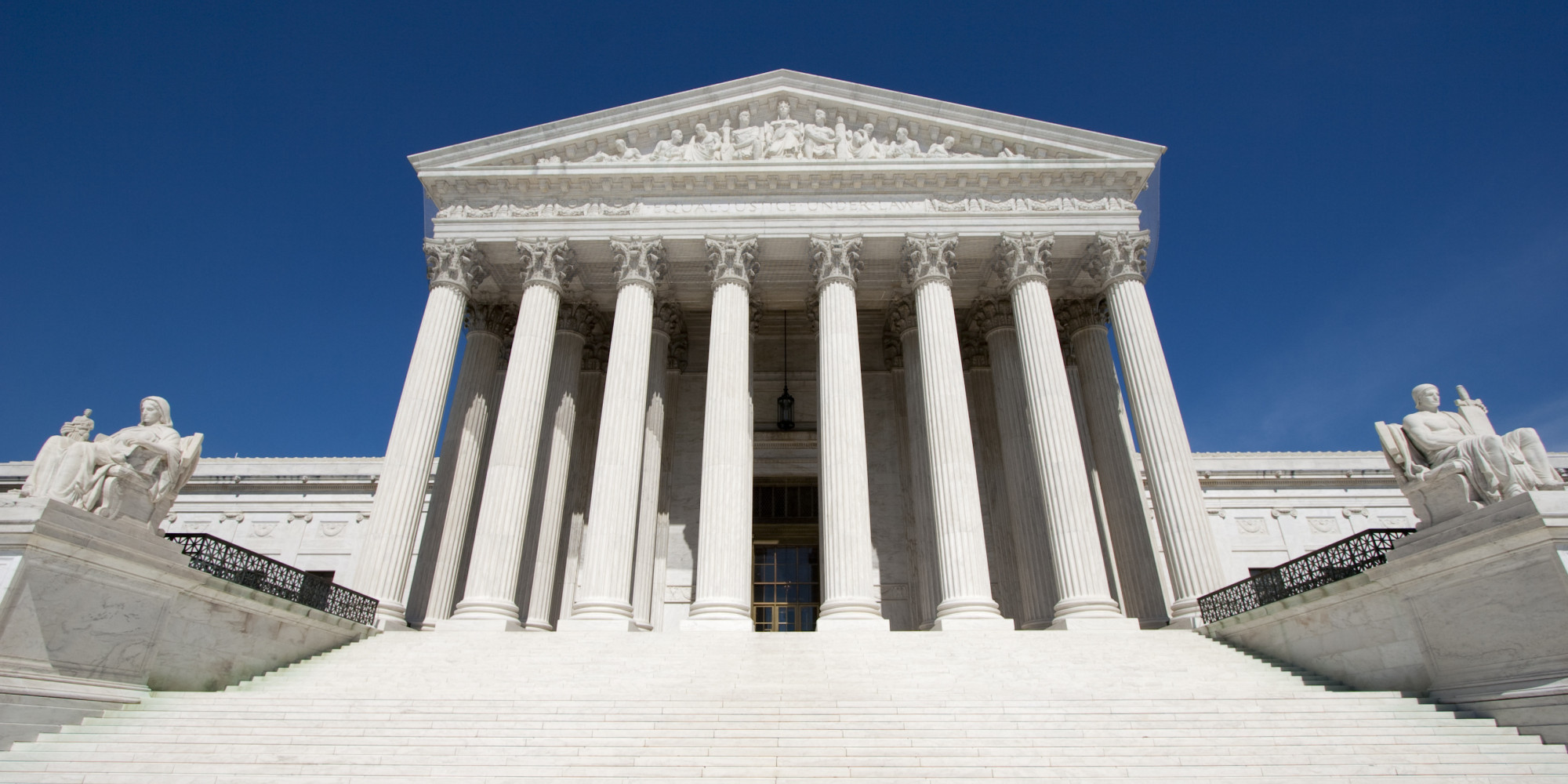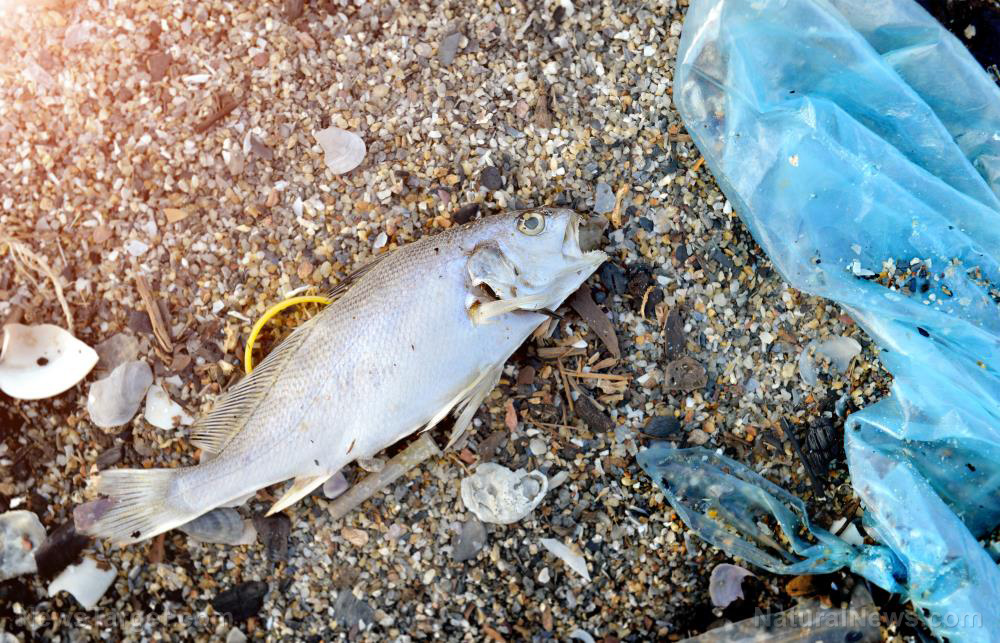
Scores of news outlets scrambled to cover the report the following weeks, with some even citing the need for a national mask mandate. But at the heart of that report was a grossly erroneous detail that would change those numbers altogether and, in turn, weaken the case for said mask mandate.
More than 80 percent of Americans have been wearing masks since late spring, said Phillip Magness, a senior research fellow at the American Institute for Economic Research. In contrast, researchers from the University of Washington's Institute for Health Metrics Evaluation (IHME) built their projection around the assumption that only 49 percent of Americans were wearing masks from April through June.
The researchers had even labeled their data as current as of late September. Therefore, it only makes sense that they arrived at a seemingly incredible projection. However, if their model had started with the 80 percent mask adoption rate, any additional gains would have been small and nowhere near their initial numbers.
Not a compelling case for a national mask mandate
To make matters worse, Magness pointed out that Nature Medicine published the report after only seven days of peer review. As per a study published in Scientometrics, only 19 percent of 3,500 case authors reported that they were informed about the outcome of their studies within a month of peer review.
While inconclusive, these figures support Magness's claim that Nature Medicine grossly rushed the peer review process for the IHME report.
That being said, the IHME researchers' 49 percent baseline could very well have been true during the first few months of the pandemic in the U.S. However, as leftists and Democratic politicians started touting the efficacy of mask-wearing in preventing transmission of the coronavirus, many Americans started wearing masks.
Unfortunately, it appears that the IHME researchers failed to adjust to the change in the public's use of masks and stuck with their initial 49 percent figure, which came from survey data collected by the data-analytics firm Premise between April 23 and June 26.
However, the researchers could have easily cross-checked that figure against the findings of many other recent surveys on mask usage in the U.S. According to an Economist/YouGov poll, for instance, the mask usage rate in the U.S. hit a staggering 78 percent in July and hasn't dropped from the high 70s and low 80s range since.
Furthermore, Magness also pointed out that Premise's 49 percent mask adoption rate only included those who reported always wearing a mask in public. In contrast, the Economist/YouGov poll's 78 percent figure includes respondents who said they almost always wear masks.
“[Those] who refuse [to wear masks] are putting their lives, their families, their friends, and their communities at risk,” said IHME Director Christopher Murray. But as it is, millions of Americans have been protecting their families, friends and communities since late spring.
In light of the report's significant discrepancies, it seems that Murray and his colleagues' projection that about 130,000 lives could be saved by wearing masks paints a misleading picture of pandemic response in the US. It also appears that their projection is based not on scientific evidence but on bad data. (Related: Biden spins his proposed nationwide mask mandate, now calling it “guidance.”)
Magness has reached out to Nature Medicine's editors regarding the misleading projections. However, he said the editors, who took almost two weeks to respond, replied that his “alleged discrepancies” were “not issues of substance that would require further action.”
Furthermore, the editors noted that the IHME researchers reported information about the datasets utilized in the report. In other words, said Magness, the editors do not think the willful use of obsolete data in the report is significant.
Read more articles about public health policies amid the coronavirus pandemic at Pandemic.news.
Sources include:
Please contact us for more information.






















